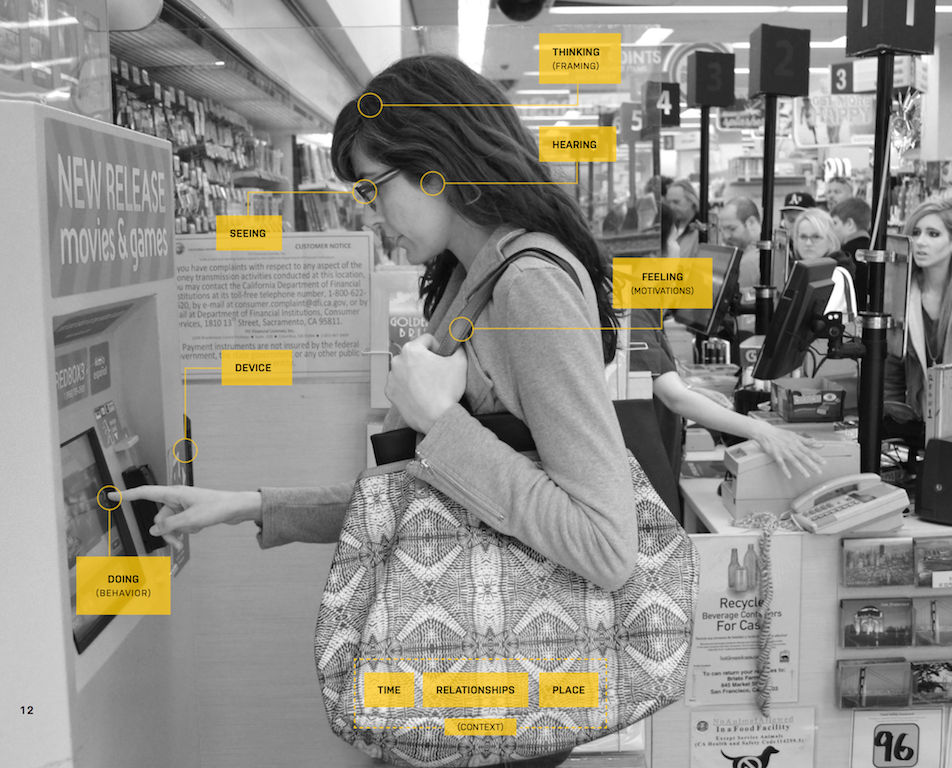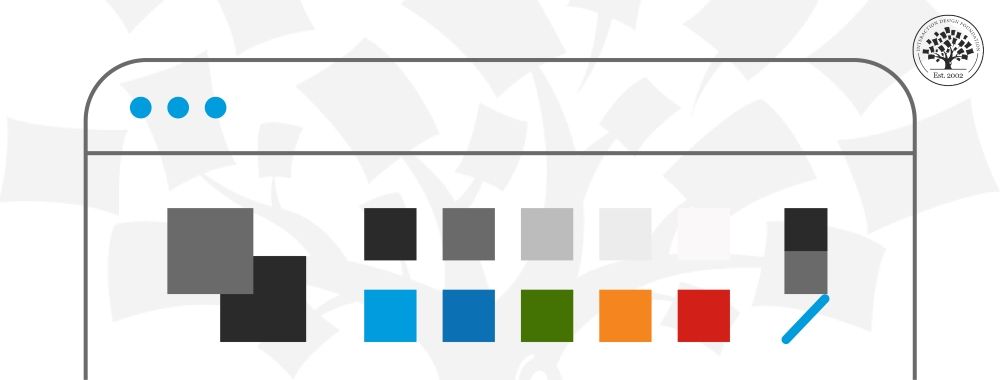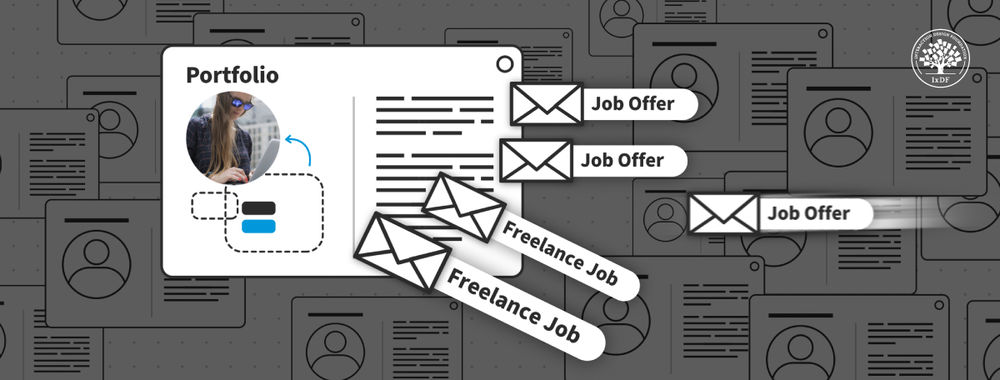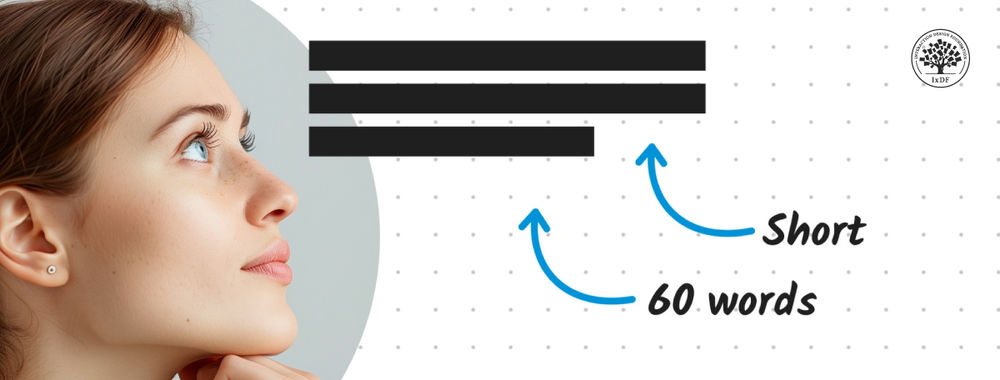Before you being development on a product, you need to be able to answer 11 key questions to be reasonably certain that your idea will produce results. When it comes to product development far too many ideas end up in the idea graveyard because the answers to these questions weren’t forthcoming.
11 Why Questions that You Have to Answer About Your Product
- Why are we going to make this product?
- Why is there no similar product on the market already?
- Why are we the right people to develop this product?
- Why is this the right time to develop this product?
- Why will people need this product when it’s finished?
- Why will they want this product when it’s finished?
- Why will our audience pay for this product?
- What will our product make people do or feel or be that they can’t do/feel/be now?
- What makes this product more compelling than competing products?
- Why would someone go out of their way to buy this product?
- Why does our idea matter in the scheme of things?
User Input
You can’t answer these questions without speaking to your users. Let’s take a look at each of them in turn.
Why are we going to make this product?
The key to this question is your users. If there are no potential users for a product, it’s a dud. It doesn’t matter how elegant your solution is or how clever the process you use to make it – if nobody wants it, it won’t sell.
A great example of a product like this was the Sinclair C5. On paper it sounded great – an environmentally friendly vehicle more than a decade before the market for environmentally vehicles had reached the mainstream. And therein lay a major problem. People didn’t know they wanted environmentally friendly products and combined with a terrible design… the product was doomed before it even launched.

Why is there no similar product on the market?
This question is important because it may well be that if there is no similar product – there’s no demand for it. It may be that you’ve found a unique concept but those are few and far between. Signs of competition are a good thing, it’s an indication you’re heading in the right direction – unless they have saturated or dominated a market.
Why are we the right people to develop this product?
How will you connect effectively with your users’ needs? What makes you suitable to champion their cause? It can be easy to have a good idea that you don’t really have the skills, knowledge or relationships to make blossom. The better you know your users, the easier it will be to serve them.

Why is this the right time to develop this product?
Users can tell you if the time is right to meet their needs. Of course, you may also need to look at the technical aspects of delivery – it may be the time isn’t right because the technology won’t support what you’re trying to achieve yet.
Why will people need and want this product when you’re finished?
Some people will tell you that need is the only important thing when developing products but the truth is that people also need to want to buy a product for it to succeed. The laser disc video system never took off and that was despite a clear need for a high-quality video format in the market at that time. The trouble was the price of the discs and the care that they required to stay in decent shape. People may have needed the format but they didn’t need the hassle or costs that came with it. You users can direct you to what they really need and whether they really want it.
Why will our audience pay for this product?
I may need something, I may want it too but if it’s not a major issue… I may not pay to solve the problem. It’s not to say that no-one will pay to solve the problem but you need a certain critical mass to make a product launch successful. If your solution costs $50 but the problem is only a $5 problem in the minds of your audience… then you won’t sell many products. User research can help you determine whether someone will pay for a product and if so – how much they might be prepared to pay for it.

What will our product make people do or feel or be that they can’t do/feel/be now?
You can’t answer this. Trying to be your users rather than talking to them is a big mistake and one made all the time by big companies and small companies alike. You have to dig down under the surface and it’s worth it. Your users can help with more than just the design in terms of operation of the product – they can also help establish brand identity for a product or a business. If you know what people do/feel/be with a product; you can tailor your marketing messages and design to encompass that.
What makes this product more compelling than competing products?
You may think that feature X or Y is what makes your offering stand out but the only people that can make that true are your users. Your user research enables you to determine whether you are offering a truly competitive product or just an also-ran.

Why would someone go out of their way to buy this product?
If your product is an app, people might not have to go a long way to buy it but… if it’s a physical product – you can’t assume that it will be in every retail outlet in the land. The likelihood is that it’s going to get some space in a few retailers to start with and that it will need to grow from there. Why would your users travel to buy your product?
Why does our idea matter in the scheme of things?
This is the big question. Most products need to have a long-term shelf-life. Ignoring the occasional fad most companies want to last. Finding out why your products matter in the big scheme of a user’s life enables you to ensure that longevity to some extent.
Summary
These questions are a vital part of product development. The more precisely you can answer them, the more likely that you will succeed. User research gives you some of the insights you need before you waste time, money and energy on developing products that aren’t built for users.
Header Image: Author/Copyright holder: Chai One. Copyright terms and licence: All rights reserved. Img
Image Source:
Design Aglow (link to image), Newham Recorder (link to image), Action Coach (link to image), Inman News (link to image), Chess Games (link to image)












